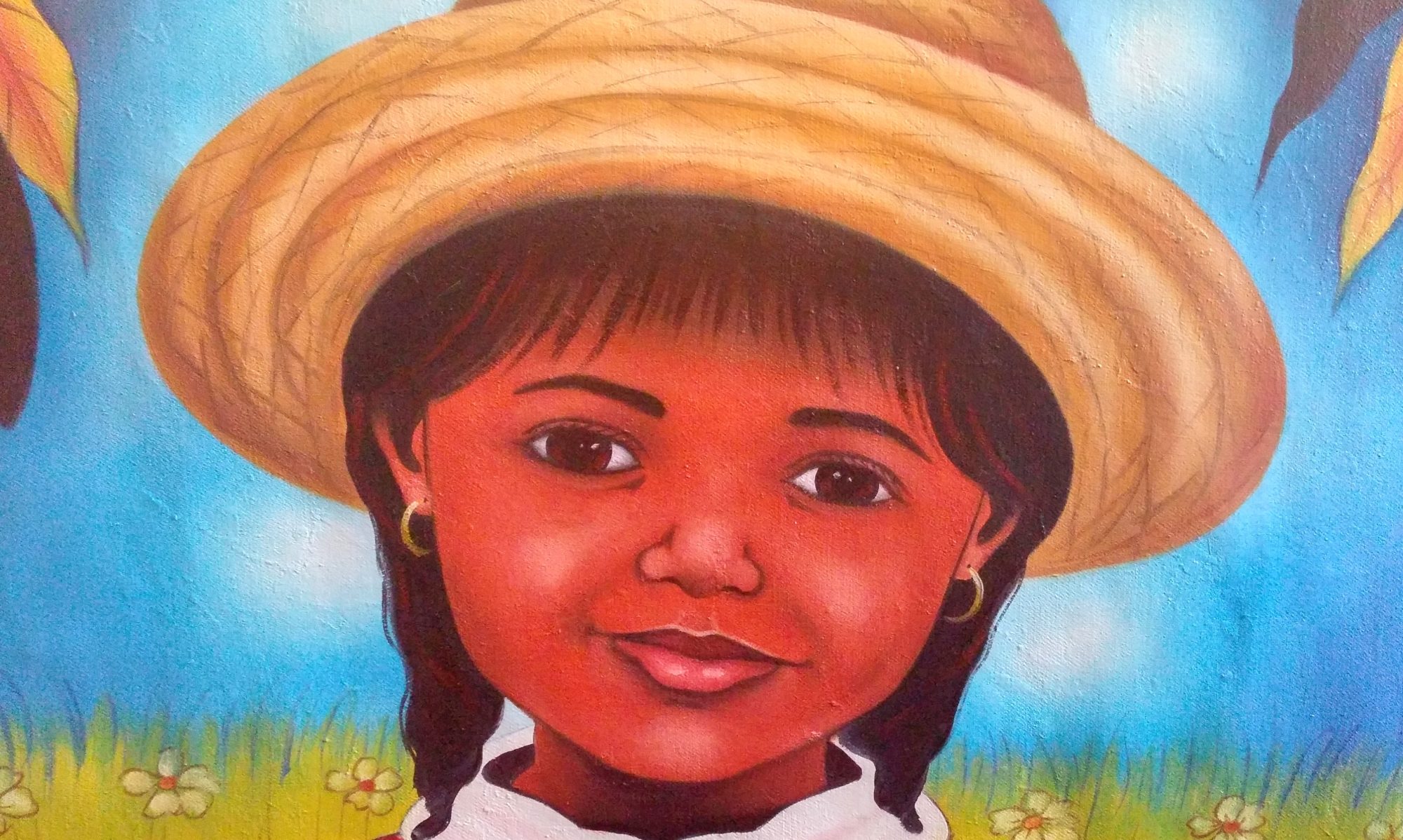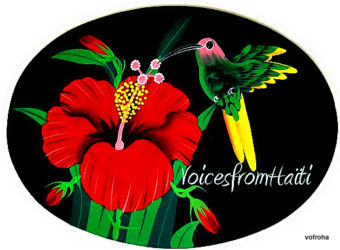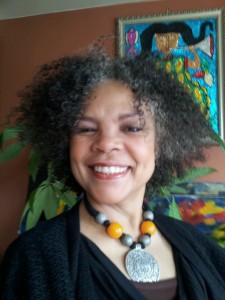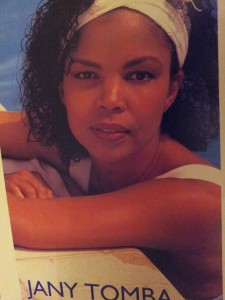 I love water. I find solace in it, but I have a healthy fear of its power to house our ancestors.
I love water. I find solace in it, but I have a healthy fear of its power to house our ancestors.
I happen to have been born and raised in Haiti, a country with double of everything: language, religion, class, and economy; everything mirrors something else, although not always in a graphic repetition. It would be like looking at myself on still waters; then suddenly the slightest movement changes the perception. Is it still me?
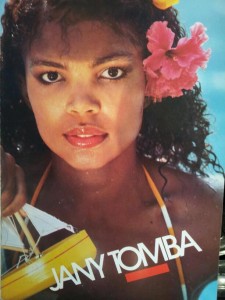 When I was asked to write about my pictures, I had no idea where to begin. But when I examined a photo or two, I saw that unconsciously there was a common thread—a golden thread.
When I was asked to write about my pictures, I had no idea where to begin. But when I examined a photo or two, I saw that unconsciously there was a common thread—a golden thread.
I realized that the photo of me coming out of the water with a lovely hibiscus in my hair could have been inspired by a Lasirèn celebration. The boat in my hand is a symbol of Agwe, protector of sea merchants, fishermen, and other water affairs.
My observation was totally unconscious, putting the image in the right cultural context…but who is to say there are coincidences? So, I asked myself:
What is the thing that united me, my culture, and the whimsical world of fashion? What is it that divided me from myself and the world I lived in? We all reside in the same space: this earth, but what about our spirits and those of our ancestors?
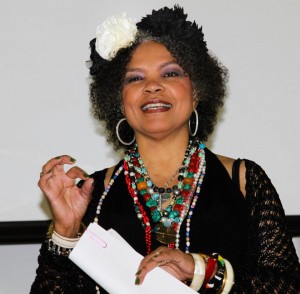
Oh, I don’t have practical experience in Vodou, so as not to be misleading. I don’t have the direct family legacy of serving, but I do have the acceptance of our culture as a whole–this I was taught: Respect and love others and, most of all, appreciate the rich mysterious culture we inherited.
I was born and raised Catholic. I was raised to appreciate the religion of others. I was taught to respect and be fearless of the differences that exist. Through art and exposure to other ideas, I came to embrace the richness [and plurality] of my culture.
Back to Lasirèn, Agwe, and the world of fashion:
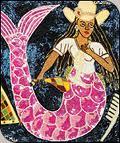 My family exposed us to the simple beauty of pilgrimage to Saut d’Eau at Ville Bonheur, a sacred location. I remember we were part of the other group–the Catholic group who, side by side with Vodun worshipers, bathed in that beautiful, cold waterfall.
My family exposed us to the simple beauty of pilgrimage to Saut d’Eau at Ville Bonheur, a sacred location. I remember we were part of the other group–the Catholic group who, side by side with Vodun worshipers, bathed in that beautiful, cold waterfall.
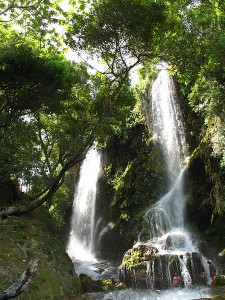 For me, visiting Saut d’Eau was an adventure. I recall the anticipation. I recall the slippery rocks under my feet. I was a child, yet the spiritual element and the idea of being with so many family members filled me with a deep sense of security. We ate salmon, rice, beans, and salad Russe. We drank cola and ate cake that an aunt had made. How and why do I, to this day, recall the menu?
For me, visiting Saut d’Eau was an adventure. I recall the anticipation. I recall the slippery rocks under my feet. I was a child, yet the spiritual element and the idea of being with so many family members filled me with a deep sense of security. We ate salmon, rice, beans, and salad Russe. We drank cola and ate cake that an aunt had made. How and why do I, to this day, recall the menu?
As far as style is concerned, I am in love with the aesthetic of peasant life. I like the exuberance and simplicity of the Vodun style, the layering, the colors, and the textures. I incorporate it in my décor, my art, and my personal fashion.
Being authentic is a way of life for me. Seeking understanding of the untouchable is real and is of utmost importance to me.
Our culture must not remain a doormat to the outside world. The meaning of it all [the photographs] takes on a new direction when I look back. We can develop a language by applying our innate knowledge of our ancestry to the outside world–a voice that can be understood (or not) and accepted eventually.
